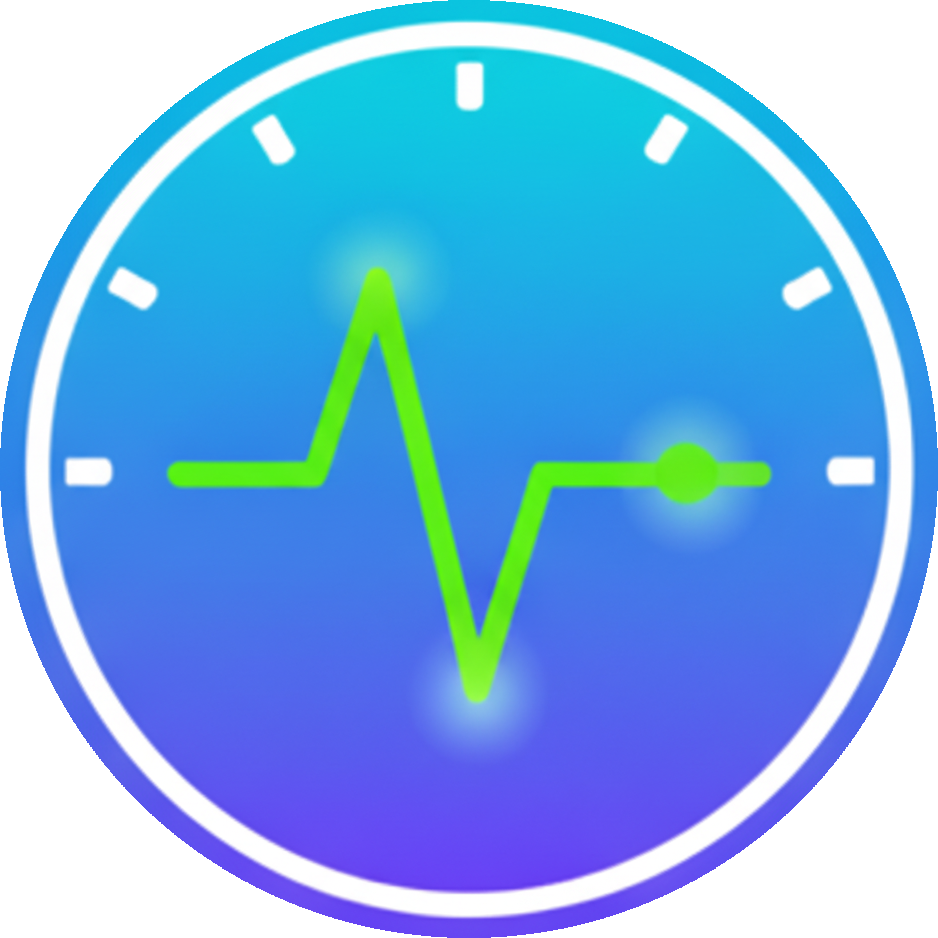Localyzer Connect for Trados
By multifarious
Free
Description
Localyzer Connect for Trados
Localyzer Connect for Trados is a preview-only plugin for Trados Studio that improves translation workflows for software development by displaying contextual metadata and in-context previews from .pxml and .sdlxliff files generated by Localyzer, a product by Lingoport. (Contact Lingoport for a demo if you are interested in Localyzer)
It provides a real-time, segment-level preview within a dedicated View Part in Trados Studio, helping translators and reviewers work more accurately and confidently. The plugin supports files from both cloud projects downloaded into Trados Studio and .pxml files used to create projects directly in the desktop environment.
What is Localyzer?
Localyzer is an automated localization platform by Lingoport. It extracts, manages, and returns localizable content from development repositories, supporting agile software localization across web and mobile projects.
Technical details
0.0.0.1 - Trados Studio 2024
Changelog:
No related information
Checksum: 0b691263f3abac86cecddd2b518c28f1f4531e905cb21ec61637b73d4b38ecf1
Release date: 2025-05-06
Support website: https://community.rws.com/product-groups/trados-portfolio/rws-appstore/f/rws-appstore
Shared products:
Trados Studio 2024
0.0.0.1
No related information
Localyzer Connect for Trados
Introduction
Localyzer Connect for Trados is a Trados Studio preview-only plugin that enhances the user experience when working with software localisation content from Localyzer. It allows translators and reviewers to visualise contextual metadata and in-context URLs embedded within .pxml files and corresponding .sdlxliff files exported from Trados Cloud projects. This plugin is designed for localisation engineers, linguists, and QA reviewers working in a Localyzer-to-Trados workflow, helping ensure accurate and context-aware translations.
Key Features
Preview of .PXML Files (Localyzer Preview-XML): Renders elements and displays contextual information for the active segment based on the LRM_INCONTEXT URLs within a new View Part in Trados Studio.
Cloud or Desktop: The preview is available for Localyzer projects irrespective of whether the SDLXLIFF was downloaded from Trados Cloud (Enterprise/Accelerate/Team) or from a project created directly in Trados Studio.
File-type Detection Override: The preview is only useful for Localyzer projects which are determined by the expected (e.g. LRM_INCONTEXT_v6.0). Creating a file-type to support .PXML that is not based on the approved settings file for Trados may not work correctly.
Installation Guide
Detailed instructions for installing the app, tailored to different user needs or system environments if necessary.
Technical Requirements
- Trados Studio Versions: Trados Studio 2024
- Supported Filetypes: SDLXLIFF files created in Trados Cloud or Trados Studio from a .PXML file
Step-by-Step Installation
Step 1: Start Trados Studio and navigate to the integrated AppStore
Step 2: Search for "Localyzer Connect for Trados"

Step 3: Click on the install icon and restart Trados Studio when prompted

Configuration and Setup
Setting up is a simple process requiring nothing more than deciding where you wish the preview to be displayed. The functionality will be available for a docked or an undocked View Part.
To activate the View Part open your file for translation and then go to the Add-Ins tab where you can click on the Localyzer Connect icon to activate the View Part:

Once the View Part is active in the Editor you can position it to your preferred location, something like this perhaps:

If you open an unsupported filetype you will be shown a preview like this:

Instructions for Use
Open a supported file from a Localyzer project in Trados Studio, and translate the segments. Each segment will return a preview relevant to the string being translated as long as the Context information has been captured and exported in the .PXML from Localyzer.
Troubleshooting
There are most likely four reasons why you may not see the proview you are expecting:
The project you are working with is not a Localyzer project
The context has not been captured yet and is missing from the .PXML file. You will need to contact your client. In this case you will preview the following:

The token allowing you have access to the InContext material has expired. You will need to contact your client. In this case you will preview the following:

You are working with a .pxml file directly in Trados Studio and created a single-file project. If you have not saved the project yet the necessary information is not available in the project settings and you will most likely see a nessage there is "No Context". If you save the project and re-open it the preview should be available.

